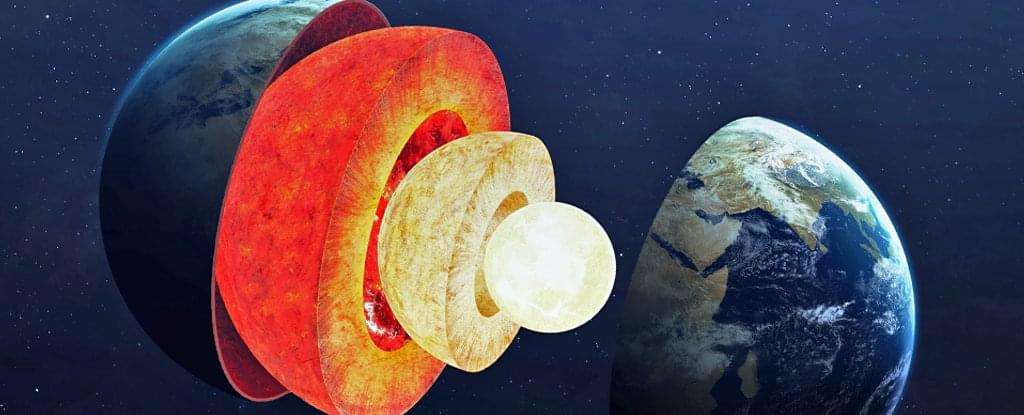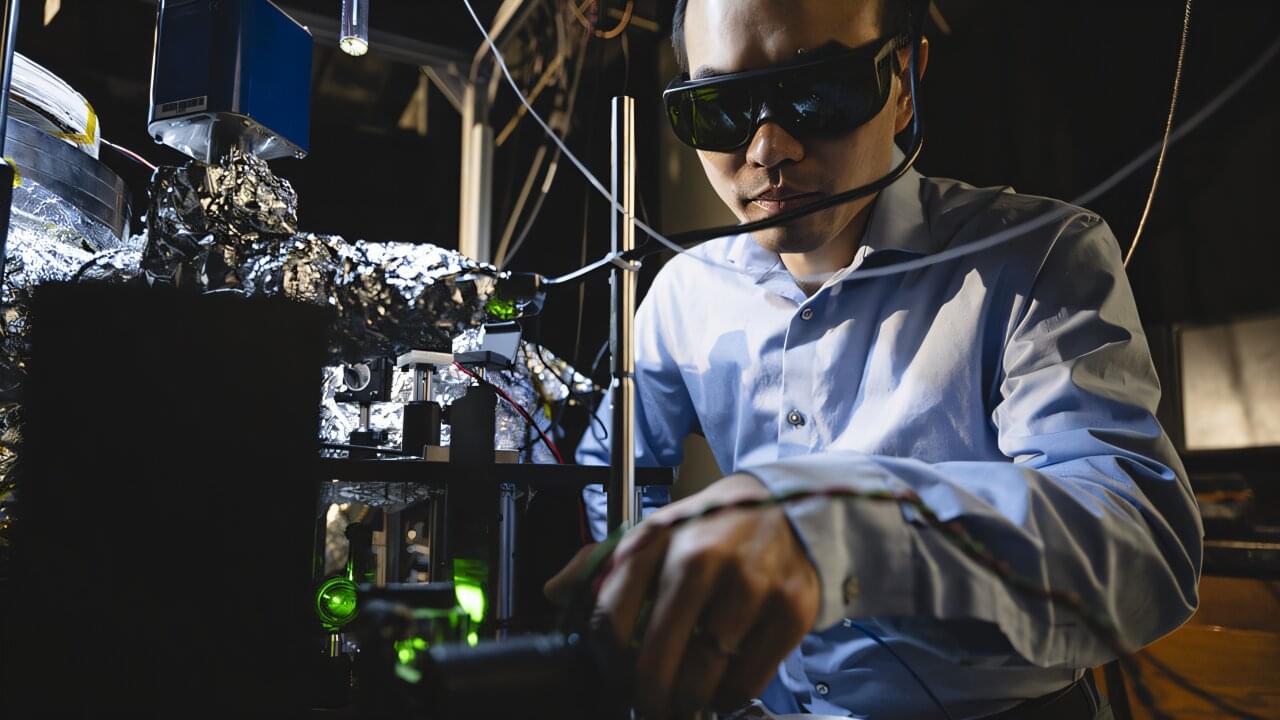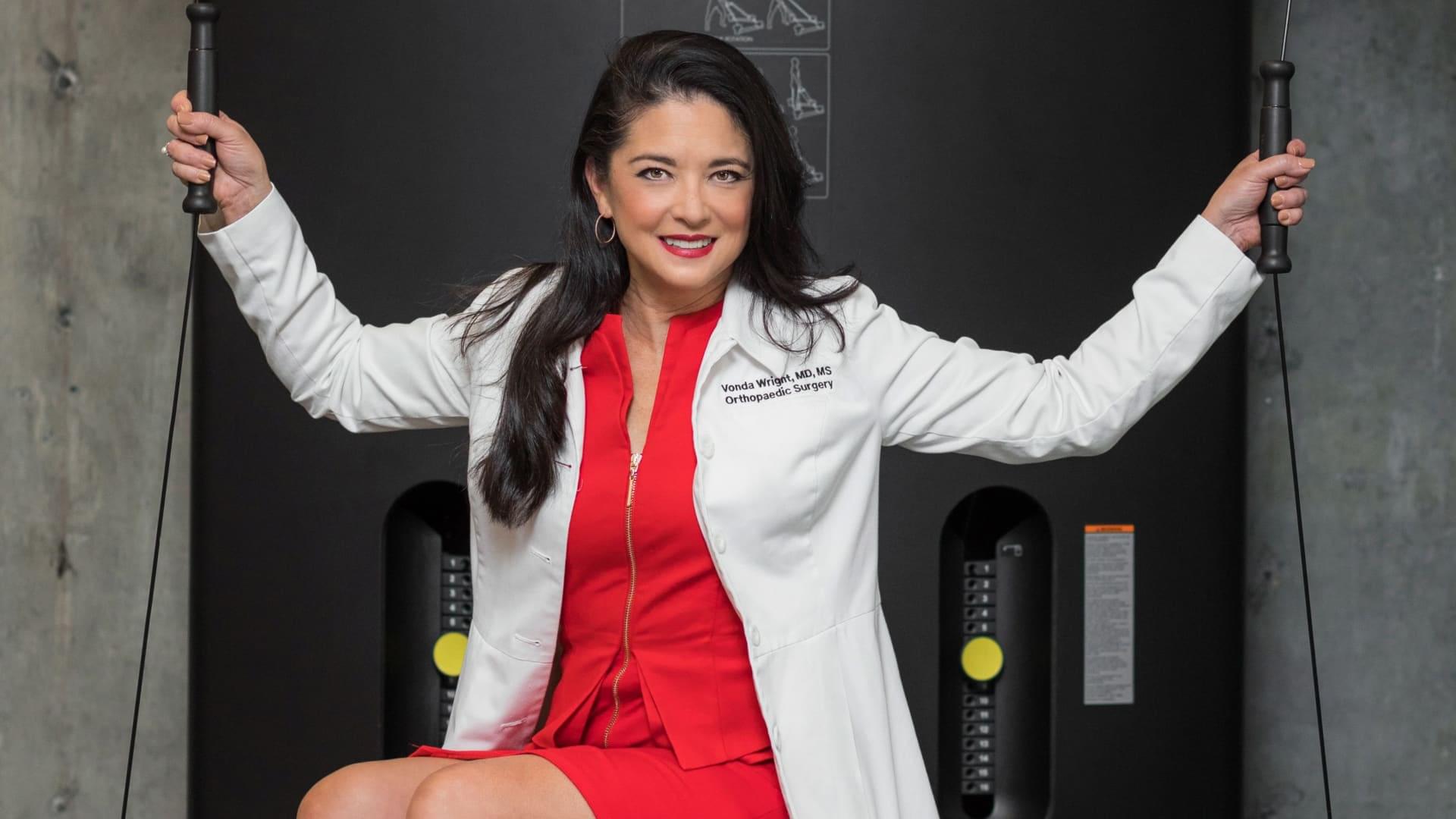While most of us take the ground beneath our feet for granted, written within its complex layers, like the pages of a book, is Earth’s history. Our history.
Research shows there are little-known chapters in that history, deep within Earth’s past. In fact, Earth’s inner core appears to have another even more inner core within it.
“Traditionally we’ve been taught the Earth has four main layers: the crust, the mantle, the outer core and the inner core,” Australian National University geophysicist Joanne Stephenson explained in 2021.









